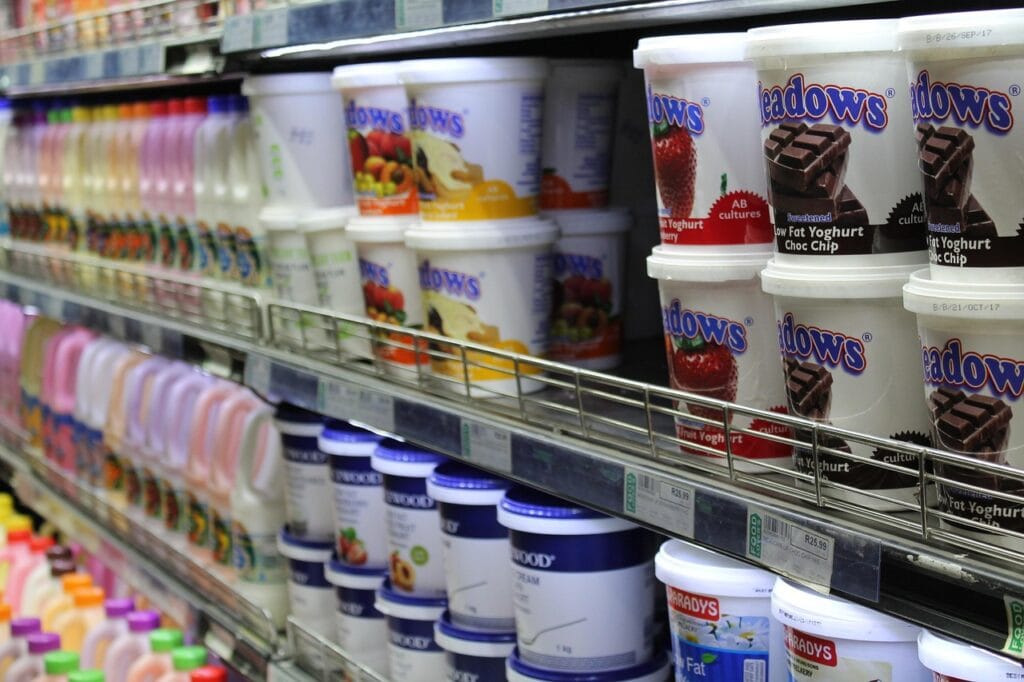Emerging scientific evidence suggests a strong link between dietary patterns and the risk of endometriosis, a chronic and often painful inflammatory condition affecting millions of reproductive-age women. In particular, increased consumption of vegetables and dairy products appears to offer a protective effect. This article explores the biological mechanisms behind these foods, supported by clinical data, and provides actionable insights for dietary planning to potentially mitigate endometriosis risk.
Table of Contents
Understanding Endometriosis: A Hormone-Dependent Inflammatory Condition
Endometriosis occurs when tissue similar to the endometrium (the lining of the uterus) grows outside the uterus, often on the ovaries, fallopian tubes, and pelvic lining. This ectopic tissue responds to hormonal changes, particularly estrogen, leading to chronic inflammation, scar tissue, and pain.

Key characteristics of endometriosis:
- Estrogen-dependent growth
- Inflammatory cytokine activity
- Dysregulated immune response
- Oxidative stress in pelvic cavity
These factors make dietary choices especially relevant in managing or lowering the risk of developing the condition.
The Protective Role of Vegetables Against Endometriosis

Cruciferous and Leafy Greens: Detoxification and Anti-inflammatory Power
Vegetables, especially cruciferous ones like broccoli, kale, cauliflower, and Brussels sprouts, are rich in indole-3-carbinol, a compound known to modulate estrogen metabolism. By promoting the excretion of harmful estrogen metabolites, these vegetables may directly reduce hormonal stimulation of endometrial tissue.
Nutrients linked to risk reduction:
- Antioxidants: Vitamins C, E, and polyphenols combat oxidative stress.
- Fiber: Enhances estrogen excretion through improved gut health.
- Phytochemicals: Anti-inflammatory agents that suppress prostaglandins.
Fiber and Estrogen Clearance
High-fiber vegetables enhance the elimination of estrogen through the digestive tract by binding to it and decreasing its reabsorption. This mechanism lowers the circulating estrogen levels, which may curb the proliferation of endometrial cells outside the uterus.
Dairy Intake and Lowered Endometriosis Risk
Calcium, Vitamin D, and Hormonal Balance
Dairy products such as milk, yogurt, and cheese contain calcium and vitamin D, both of which play crucial roles in hormonal regulation and immune function.

Calcium: Helps regulate muscle contractions and inflammation levels, potentially reducing pelvic pain.
Vitamin D: Modulates immune responses and has anti-inflammatory properties. It may inhibit the growth of ectopic endometrial tissue and reduce lesion severity.
Dairy Fats and Omega Fatty Acids
Whole-fat dairy also provides omega-3 fatty acids, which are known to suppress the production of inflammatory prostaglandins (e.g., PGE2), key mediators in the development and progression of endometriosis.
Evidence from Recent Clinical and Epidemiological Studies
Several cohort studies and meta-analyses have underscored the link between higher vegetable and dairy intake and lower incidence of endometriosis. Notable findings include:
- Nurses’ Health Study II (Harvard): Women who consumed at least one serving of high-fat dairy per day had a significantly reduced risk.
- 2018 Systematic Review (Nutrients Journal): High vegetable intake associated with a 30–40% lower endometriosis risk.
- 2023 Meta-analysis: Suggests protective effect of vitamin D supplementation and dairy-derived nutrients.
Synergistic Diet Strategies to Lower Risk
Combining vegetables and dairy as part of an anti-inflammatory, hormone-balancing diet can be more effective than isolated intake. Key strategies include:
- Daily inclusion of cruciferous and leafy greens.
- Prefer organic dairy to avoid added hormones.
- Incorporate probiotic-rich yogurt for gut health.
- Limit red meat and trans fats which increase inflammatory cytokines.
- Use olive oil and fatty fish to complement dairy’s omega-3s.
Conclusion: Nutrition as Preventive Medicine
A diet rich in vegetables and dairy presents a promising, non-invasive approach to reducing the risk of endometriosis. By modulating estrogen metabolism, lowering systemic inflammation, and supporting immune balance, these foods offer protective benefits validated by growing scientific evidence. Women, especially those with a family history or early symptoms of endometriosis, should consider adopting these dietary patterns as part of a holistic preventive strategy.














